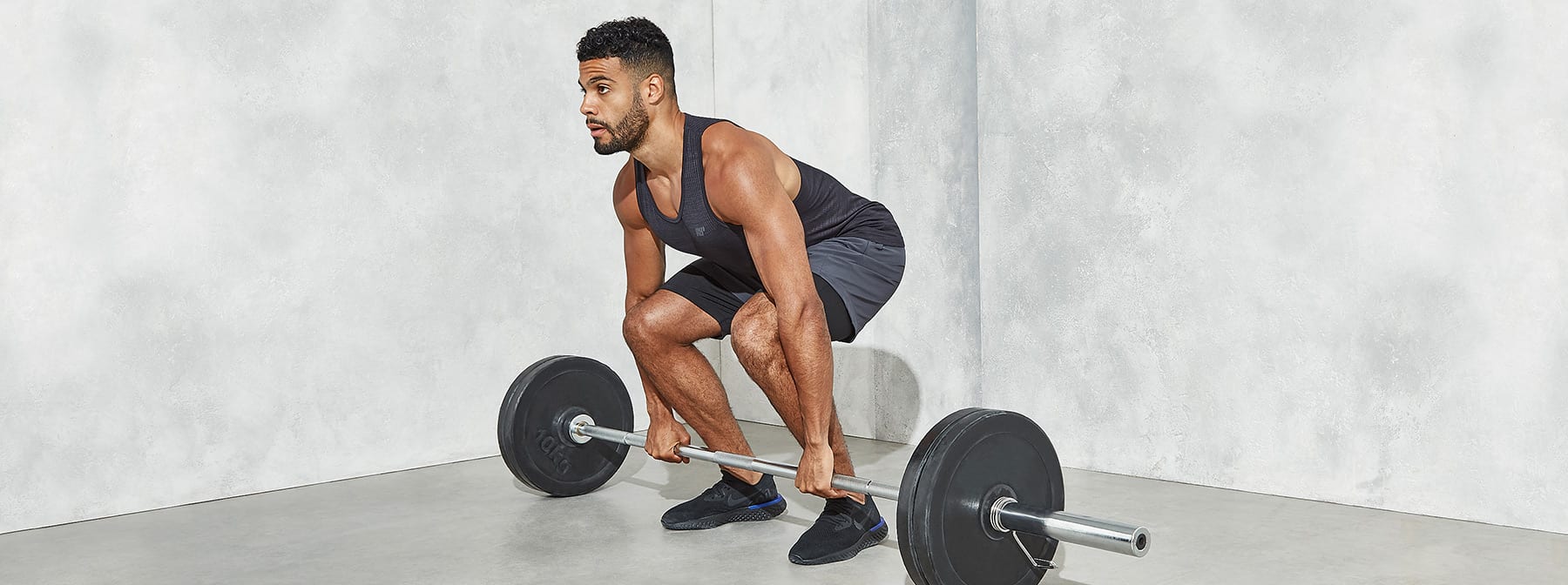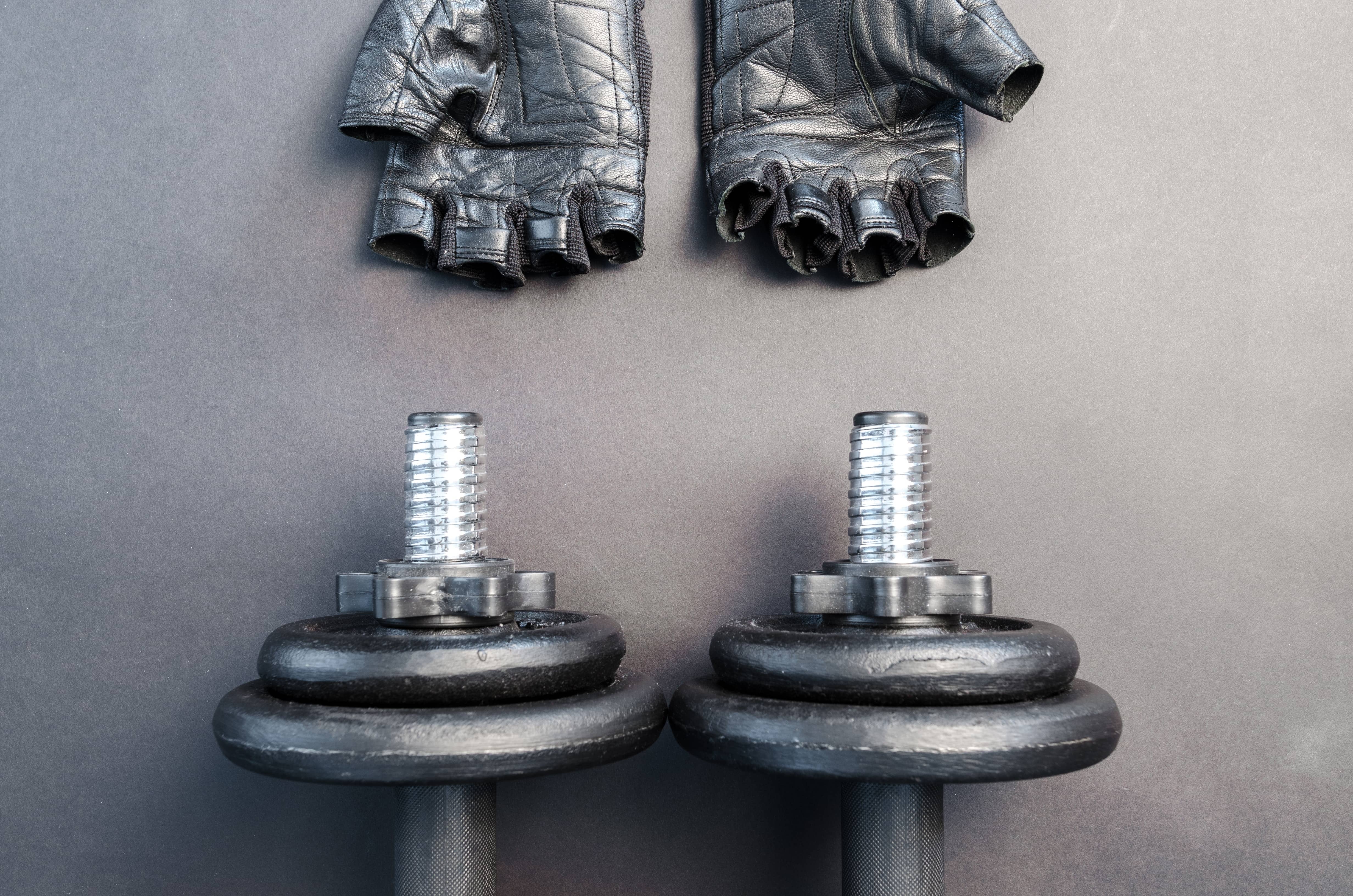
From the writer Myprotein Chiara Fichera , undergraduate in Medicine and Surgery.
Antagonist Muscles
Bodybuilding as it is known, is a constantly evolving art, a spasmodic search for new and more effective training techniques, a continuous experimentation ...Each athlete needs a personal plan, which adapts to their biomechanical characteristics, their goals and needs.Alongside the most common training methods, undoubtedly known by most, there is another often underestimated if not unknown by many: the training of the antagonist muscles.
1. What are they?
The human musculoskeletal system is nothing more than a system of bone levers, set in motion by the concert of the various muscle groups.For it to be possible to perform any gesture, it is necessary to contract the muscle responsible for this function.The antagonist muscle is none other than the muscle that opposes the movement produced by the agonist muscle during its contraction.Agonist and antagonist form the so-called antigravity musculature, which allows you to maintain balance and posture.For example, the quadriceps causes the distension (extension) of the lower limb and has as antagonists the flexor muscles that allow it to be bent; in the upper limb, on the other hand, an example of antagonist muscles are the brachial biceps and triceps, precisely because of their opposite action on the flexion-extension of the arm.The antagonist muscles are controlled by particular reflex circuits in the spinal cord, which deal with their excitation or inhibition in response to a possible relaxation or contraction of the agonist, so that the two muscles always work in opposite ways.At this point, it is simple to understand which are the main antagonistic muscle groups:- pectoral and dorsal
- quadriceps and hamstrings
- biceps and triceps.
2. Agonists and Antagonists
Antagonist training was also used successfully; in the book Arnold's Encyclopedia of Modern Bodybuilding the various split routines used.
Experiment
In February 2005, a scientific study was published in the "Journal of Strength and Conditioning Research" on the importance of efficient coordination between antagonist muscles, to evaluate the effect caused by a possible weakness of the antagonist on the performance of the relative agonist.It was decided to evaluate the effects of the combination, within the same training session, of a pushing and a pulling movement, to measure any increase in power of the former.Twenty-four rubgy players were selected, divided into a control and an experimental group.While in the first group there was no difference in the power expressed in each of the tests performed, based on thrust movements, the experimental group, which had a pulling movement performed after the first test, showed an increase of 4.7 % of power, an absolutely significant value.It was therefore assumed that the best performance was due to better muscle coordination with increased reciprocal inhibition that would allow maximizing efficiency.
Super Set
Un metodo efficace per l'allenamento dei muscoli antagonisti sarebbe il Super Set; questo normalmente è utilizzato per la stimolazione di un unico gruppo muscolare attraverso l'esecuzione di due esercizi senza attendere il normale tempo di recupero.
L'utilizzo di questa tecnica per l'allenamento degli antagonisti consente di ottenere un ottimo pompaggio, inoltre si riduce la fatica rispetto all'esecuzione di una serie tradizionale, aumentando la capacità di lavoro anche del 40% rispetto ad un allenamento classico: non solo si ottengono benefici in termini di forza e ipertrofia, si avrà anche un notevole risparmio di tempo e un miglior recupero muscolare, in quanto questa tecnica favorisce l'afflusso di sangue all'antagonista mentre si trova in attività, permettendo di rimuovere più velocemente i prodotti di scarto metabolici e di rifornire il tessuto di ossigeno e nutrienti.
3. Allenamento
Detto questo, propongo di seguito alcuni esempi per l'allenamento dei gruppi muscolari antagonisti.
1. Dorsali-Pettorali
- Bench press + Trazioni alla sbarra 3x10 recupero 2 minuti
- Spinte con i manubri su panca a 45° + Rematore con manubri 3x10 recupero 2 minuti
- Croci manubri + pulley basso 3x10 recupero 1,5 minuti
- Hyperextension + crunch completo 3x10 recupero 1 minuto
2. Gambe-Glutei-Polpacci
- Squat + Leg curl 3x10 recupero 2 minuti
- Leg extension + Stacchi a gambe tese 3x10 recupero 2 minuti
- Affondi 3x10 recupero 1,5 minuti
- Calf machine 3x10 recupero 1 minuto
3. Spalle-Bicipiti-Tricipiti
- Military press + Tirate al mento 3x10 recupero 2 minuti
- Alzate frontali + Reverse fly 3x10 recupero 1,5 minuti
- Curl bilanciere in piedi + French press bilanciere 3x10 recupero 1,5 minuti
- Panca Scott+ Pushdown con corda 3x10 recupero 1,5 minuti
In questo allenamento bisogna eseguire il primo esercizio e subito dopo il secondo, quindi recuperare per il tempo previsto e ricominciare fino alla conclusione delle serie.
Ovviamente i carichi da usare sono individuali, ma bisogna seguire la scheda per quattro settimane aumentandoli progressivamente; al termine della stessa si consiglia una settimana di recupero attivo con gli stessi esercizi ma con una riduzione del carico del 20% circa.
Non esiste l’allenamento perfetto, nemmeno quello miracoloso…esiste, però, l’allenamento che meglio si adatta a noi, quello che ci permetterà di ottenere i risultati migliori perchè più aderente alle nostre caratteristiche…e, tra tutti i più comuni protocolli, l’allenamento degli antagonisti è senza dubbio uno di quelli più sottovalutati che consiglio assolutamente di provare.
PS.
Wondering if it is possible to train every day?
1) Antonio Paoli, Marco Neri. Principles of fitness methodology 2) The scientific basis of muscle strengthening – A. Umili, A. Urso – Rome sports press society.










